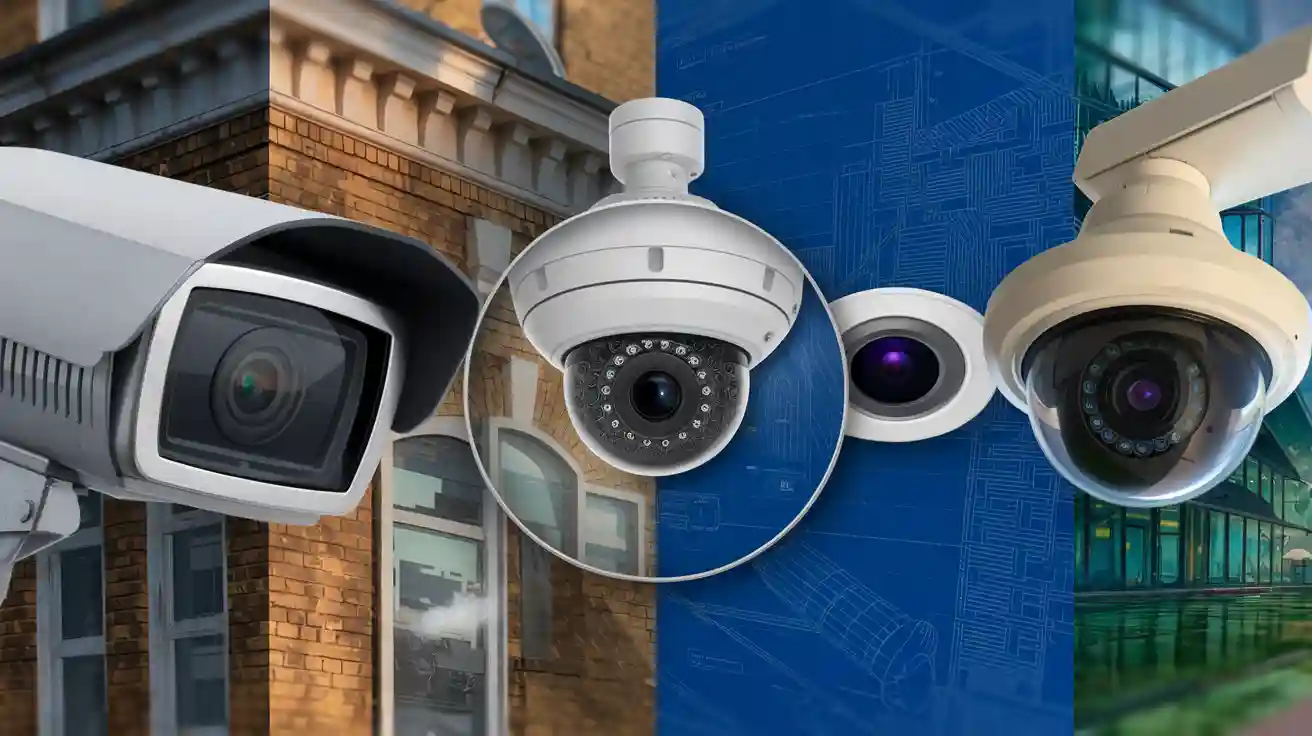
Security cameras have an interesting past. They help answer, "when did security cameras come out."
- In 1927, Leon Theremin made a closed-circuit system in Soviet Russia.
- In 1942, Walter Bruch built cameras to watch rocket launches.
- In 1969, Marie Van Brittan Brown invented the first home security system. This was a big step for security cameras.
| Innovator | Contribution Description |
|---|---|
| Leon Theremin | Made a mechanical television system to watch visitors. |
| Walter Bruch | Built a CCTV system for military watching. |
| Marie Van Brittan Brown | Created the first home security camera system. |
Early security camera inventions changed how people kept property safe. These inventions helped create modern systems with smart features.
Key Takeaways
- Security cameras started in 1927 with Léon Theremin's closed-circuit system. This was the beginning of surveillance technology. - Marie Van Brittan Brown made the first home security system in 1966. Her invention helped create today’s home safety tools. - CCTV systems help lower crime rates a lot. In cities like Baltimore and Chicago, crime went down by up to 60%. - Modern security cameras use AI to make places safer. They give clearer pictures and send faster alerts about possible dangers. - It is important to keep both safety and privacy. Communities need to set clear rules for using cameras to protect people’s rights.
Security Camera History
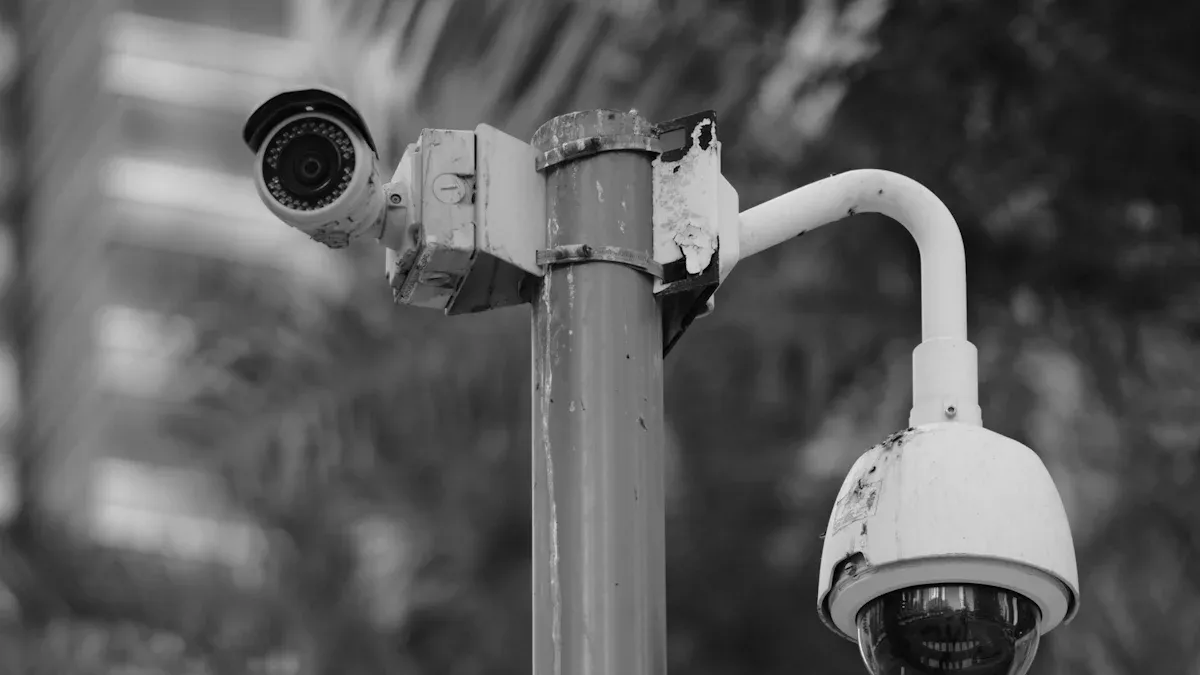
When Did Security Cameras Come Out
Security cameras started in the early 1900s. In 1927, Léon Theremin made the first mechanical surveillance devices. The Soviet government wanted Theremin to build a system to watch people at the Kremlin. This closed-circuit television system used a camera and a television together. Guards could see visitors without leaving their posts. The Soviet government kept this technology secret because it was important for security.
World War II changed how surveillance cameras were used. In 1942, Walter Bruch made a closed-circuit television system to watch V-2 rocket launches. The German military used these cameras to watch rocket tests from far away. This was the first time security cameras were used in military operations. Using surveillance cameras during the war led to better systems after the war.
After the war, security cameras became more common. In 1949, the first security camera systems were sold to the public. These early systems needed someone to watch the footage live. In 1951, videotape recorders let people record and watch footage later. By the 1950s, big companies and government buildings started using security cameras for safety.
Note: The first public use of security cameras in the United States was in 1968. Olean, New York, put surveillance cameras on its main street to help keep people safe.
Early Innovations
Early inventions in surveillance changed the future of security camera history. The first surveillance system used mechanical parts and simple television technology. Over time, inventors made these systems better and more useful.
| Year | Event Description |
|---|---|
| 1927 | Léon Theremin created a closed-circuit system for the Kremlin. |
| 1942 | Nazis used CCTV to monitor V-2 rockets in Germany. |
| 1953 | CCTV used during Queen Elizabeth II’s coronation. |
| 1966 | Marie Van Brittan Brown invented the first modern home security system. |
| 1968 | Olean, New York, installed security cameras on its main street. |
| 1976 | Charge-coupled device (CCD) technology enabled low-light footage capture. |
Marie Van Brittan Brown made a big change in 1966. She made the first home security system. Her invention had peepholes, a sliding camera, monitors, and microphones. In 1969, she got a patent for her system. This patent helped inspire many new security camera ideas.
Recording technology also became important. In the 1970s, video cassette recorders (VCRs) made it easier to save and watch footage. This made security cameras more helpful and popular.
- Léon Theremin’s system in 1927 started closed-circuit television for surveillance.
- Walter Bruch’s work in 1942 showed how security cameras could help during dangerous events.
- Marie Van Brittan Brown’s patent in 1969 helped create modern home security cameras.
The history of surveillance camera technology shows how things changed from mechanical devices to electronic systems. Each step brought new features and better performance. Today, security cameras use digital technology, but they started with these early inventions.
History of Surveillance Cameras
Key Milestones
The story of surveillance cameras is full of new ideas. Early systems used basic technology. Every decade brought new changes. The timeline below shows important events in how surveillance cameras developed:
- In 1942, Walter Bruch made the first CCTV system for the military in Germany.
- In the late 1940s, Vericon’s CCTV system started being used by businesses.
- In the 1970s, people could record and watch footage with VTRs and VCRs.
- In the 1990s, DVRs changed how people saved and found footage.
Marie van Brittany Brown was very important in the history of surveillance cameras. Her idea for a closed-circuit television system helped people watch their homes and made them safer.
| Year | Milestone Description |
|---|---|
| 1942 | CCTV systems were first used to watch V-2 rockets in Germany. |
| Mid-20th Century | Security systems changed from mechanical to analog, first in black and white, then in color. |
| 1990s | Digital technology like DVRs and network cameras became common for surveillance. |
Surveillance cameras have gone through many big changes. Each important event made cameras better and easier to use. Marie van Brittany Brown’s invention gave people new ideas and helped make modern systems.
Technological Shifts
Technology changed surveillance cameras in many ways. Early cameras used analog signals and showed black-and-white pictures. Later, color cameras made it easier to see and recognize things. Moving from analog to digital cameras brought even bigger improvements.
- Digital cameras gave clearer pictures and higher resolution.
- Large digital drives made saving footage simple and old footage could be erased automatically.
- Indexing made it easy to search and watch certain events.
- Remote access let people check camera feeds from anywhere using networked systems.
- High-resolution images helped with zooming and seeing details clearly.
- Scalability made it simple to add more cameras without lots of wires.
- Smart features like motion detection and night vision became normal.
- Connecting cameras with other security systems made complete solutions for homes and businesses.
IP video surveillance systems opened up new options. These systems had different levels of quality and resolution. Good resolution became very important for video to be used as proof in court. Bad resolution or strange colors could mean the footage would not be accepted.
The history of surveillance cameras shows how technology kept getting better. Each change made cameras work better and easier to use. Marie van Brittany Brown’s idea for remote monitoring helped start these improvements. Today, digital and IP systems keep getting smarter and more reliable for security.
Impact
Crime Prevention
Security cameras help stop crime in many places. Many cities saw less crime after using security cameras. Baltimore’s CitiWatch program put up over 700 cameras. Crime went down by half. The United Kingdom has about 5.9 million CCTV systems. Crime dropped by 16%. Los Angeles used video surveillance in Operation Laser. It focused on gun violence areas. Crime fell by 23%. Chicago built a network with over 30,000 cameras. These cameras helped solve more than half of homicide cases. Mount Prospect, Illinois, put cameras in public parks. Vandalism dropped by 60%. Petty crimes went down by 20%.
| Location | Implementation Details | Crime Reduction Rate |
|---|---|---|
| Baltimore, MD | Over 700 cameras installed as part of CitiWatch program | 50% reduction |
| United Kingdom | Approximately 5.9 million CCTV cameras | 16% decrease |
| Los Angeles, CA | Operation Laser targeting gun violence areas | 23% reduction |
| Chicago, IL | Network of over 30,000 cameras aiding homicide investigations | Aided over 50% of cases |
| Mount Prospect, IL | Cameras in public parks | 60% decrease in vandalism, 20% reduction in petty crimes |
Studies from different places show the same results. The London Underground saw less theft and robbery after adding cameras. Stockholm’s subway found cameras stopped pickpocketing. In San Francisco, property crime dropped by about 20% after more cameras were installed. Montevideo, Uruguay, and Medellín, Colombia, also saw fewer crimes after using security cameras. In China, a national study found public crimes dropped by 10% for every big increase in camera investment.
| Study Location | Crime Type | Crime Reduction (%) | Year(s) of Study |
|---|---|---|---|
| London Underground | Theft and Robbery | Significant | 1980 |
| Stockholm Subway | Pickpocketing | Effective Deterrent | 2015 |
| San Francisco | Property Crime | ~20% | 2008 |
| Montevideo, Uruguay | General Crime | ~20% | 2020 |
| Medellín, Colombia | General Crime | Deterrent Effect | 2021 |
| China (National Study) | Publicly Visible Crimes | 10% reduction per 100 log points increase in camera investment | 2014-2019 |
Routine Activity Theory and Rational Choice Perspective explain these results. Cameras act like guards and make crime risky. Using security cameras has made many places safer. It has changed how people think about safety in public.
Privacy Concerns
Security cameras help stop crime but can hurt privacy. Some people worry cameras watch private spaces or get misused. More cameras have led to debates about too much surveillance. People want safety but also want privacy.
| Concern Type | Description |
|---|---|
| Private Invasion | The installation of cameras in private areas can violate individuals' privacy rights. |
| Creepy Surveillance | Initial security measures can expand into broader surveillance, leading to misuse of footage. |
| Potential for Abuse | CCTV can be misused for harassment or discrimination, necessitating accountability measures. |
| Social Connection Impact | Excessive surveillance can erode trust and social bonds within communities. |
People’s views on video surveillance have changed over time. In the past, people saw cctv systems as safety tools. Now, some worry about losing privacy. Social Impact Theory says cameras change how people act because they feel watched. Social Control Theory says cameras remind people of authority and can stop bad actions. Using more security cameras and home systems has started talks about balancing safety and privacy. As video security systems get better, these debates will keep going.
Modern Surveillance Camera

AI and Smart Features
Modern security cameras help keep homes and businesses safe. They show clear pictures, even at night and in tough lighting. Many cameras use smart features like AI analytics. AI helps cameras look at video right away. This means you can search fast and get alerts if something strange happens. AI systems spot dangers before they get worse. They also cut down on false alarms and help people know what is happening.
Surveillance technology has changed a lot. It started with a camera in 1927 that watched the Kremlin gates. Now, we have smart cameras with AI and cloud recording. Many inventions and new ideas made this possible.
Today’s security cameras have strong storage choices. People can pick local, NVR, or cloud storage. These cameras work in hot or cold weather and can be used outside. Some cameras use solar power, so they work anywhere with sun. Solar cameras need less care and are easy to set up. They keep working if the power goes out, so security is always on.
Botslab Advanced AI Tech
The Botslab Advanced AI Tech 4K Battery 4-Cam System W510 is special. It gives real 4K video, so you see every detail. The smart AI helps stop false alarms and finds threats fast. Users get alerts that tell them what is happening. You can search old videos for people, cars, or things in just seconds.
| Feature | Benefit |
|---|---|
| 4K Ultra HD Resolution | Very clear pictures and easy to recognize faces |
| AI Detection | Better safety and quick response to problems |
| Solar Power | Good for the environment and always works |
| Local Storage | Saves money and can hold up to 16TB |
| User-Friendly Design | Simple to set up and use |
The Botslab W510 uses solar panels and a strong battery. This lets you put it almost anywhere and it keeps running. The system can watch all around, following cars, people, and pets. These new features connect to the history of surveillance cameras. Old cameras needed people to watch them and had blurry pictures. Now, AI and 4K make watching easier and smarter. Botslab’s camera shows how much better cameras are now, making safety and use easier for everyone.
Security cameras started as simple machines. Now, they use smart AI systems. This change makes places safer. It also brings up new privacy worries. Today’s cameras can spot things better. They use strong rules to keep data safe.
- AI helps guess when crimes might happen.
- Drones and robots help watch more places.
- Cloud and blockchain keep video safe from harm.
| Measure | Description |
|---|---|
| Transparent Policies | Easy-to-understand rules for using cameras and privacy |
| Data Protection | Strong ways to keep saved videos safe |
New ideas like Botslab show how cameras will protect people. They also try to keep everyone’s privacy safe.
FAQ
What year did the first security camera appear?
The first security camera was made in 1927. Leon Theremin built a closed-circuit system for the Kremlin. This was the start of surveillance technology history.
Who invented the first home security camera system?
Marie Van Brittan Brown made the first home security camera in 1966. She wanted people to feel safer at home. Her patent led to many new security ideas.
How do modern security cameras use AI?
Modern security cameras use AI to spot people and vehicles. AI helps cameras send alerts and cut down on false alarms. It also makes searching videos much faster. This makes safety better and saves time.
Can security cameras work without electricity?
Many security cameras use batteries or solar panels. These let cameras work even if the power goes out. Solar-powered systems, like Botslab W510, work almost anywhere.
Do security cameras protect privacy?
Security cameras help stop crime but can cause privacy worries. Using cameras the right way and having clear rules protects people’s rights. Communities need to keep both safety and privacy in mind.


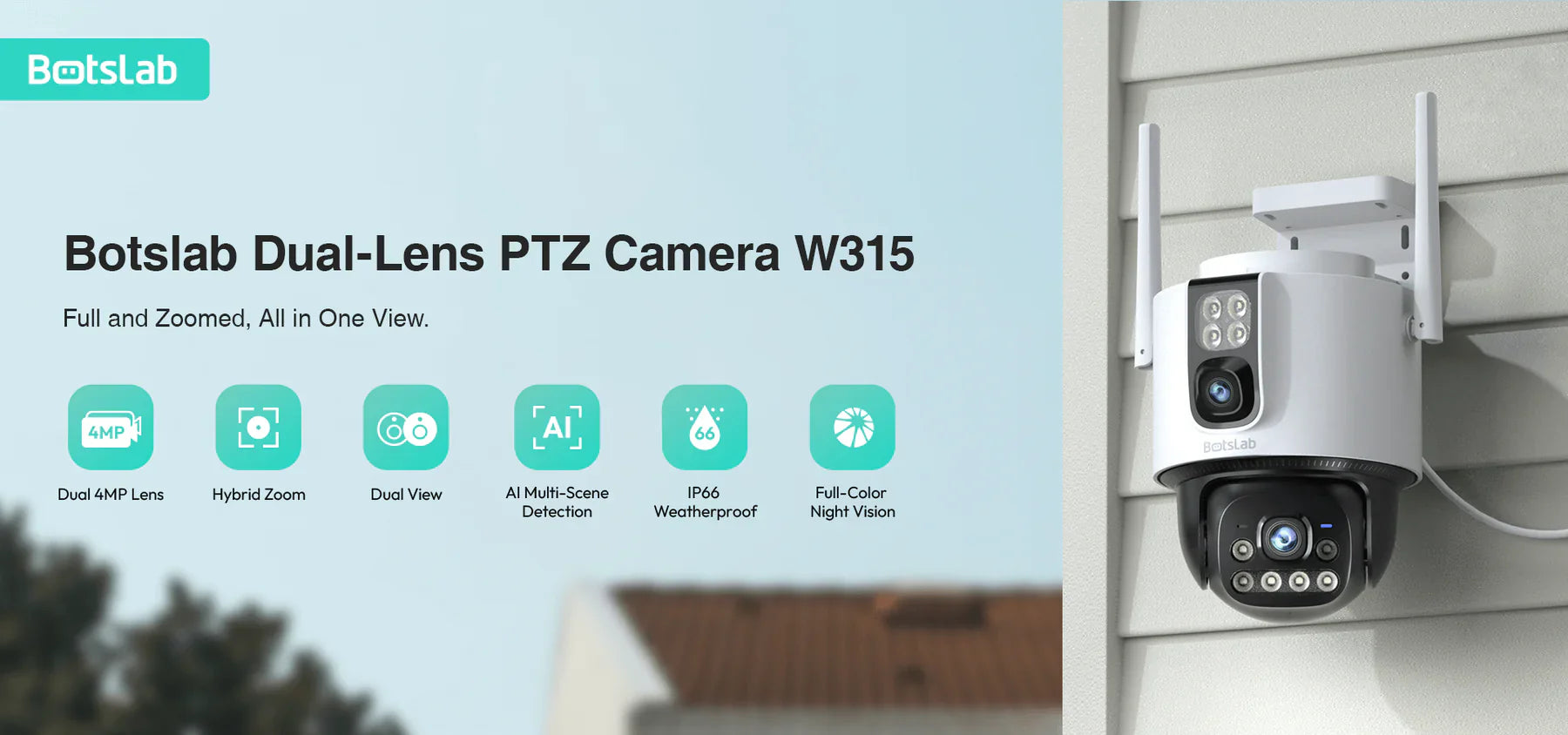
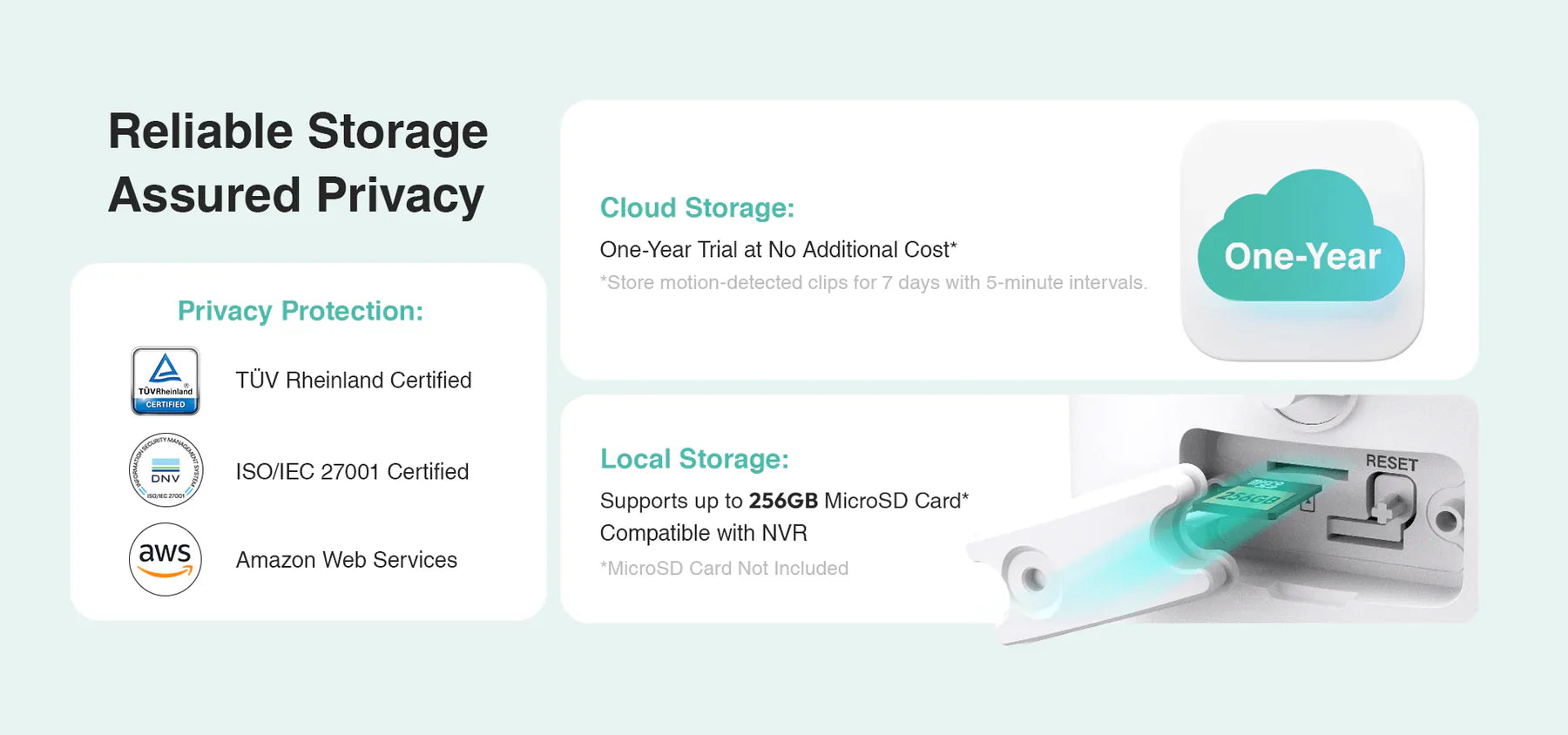
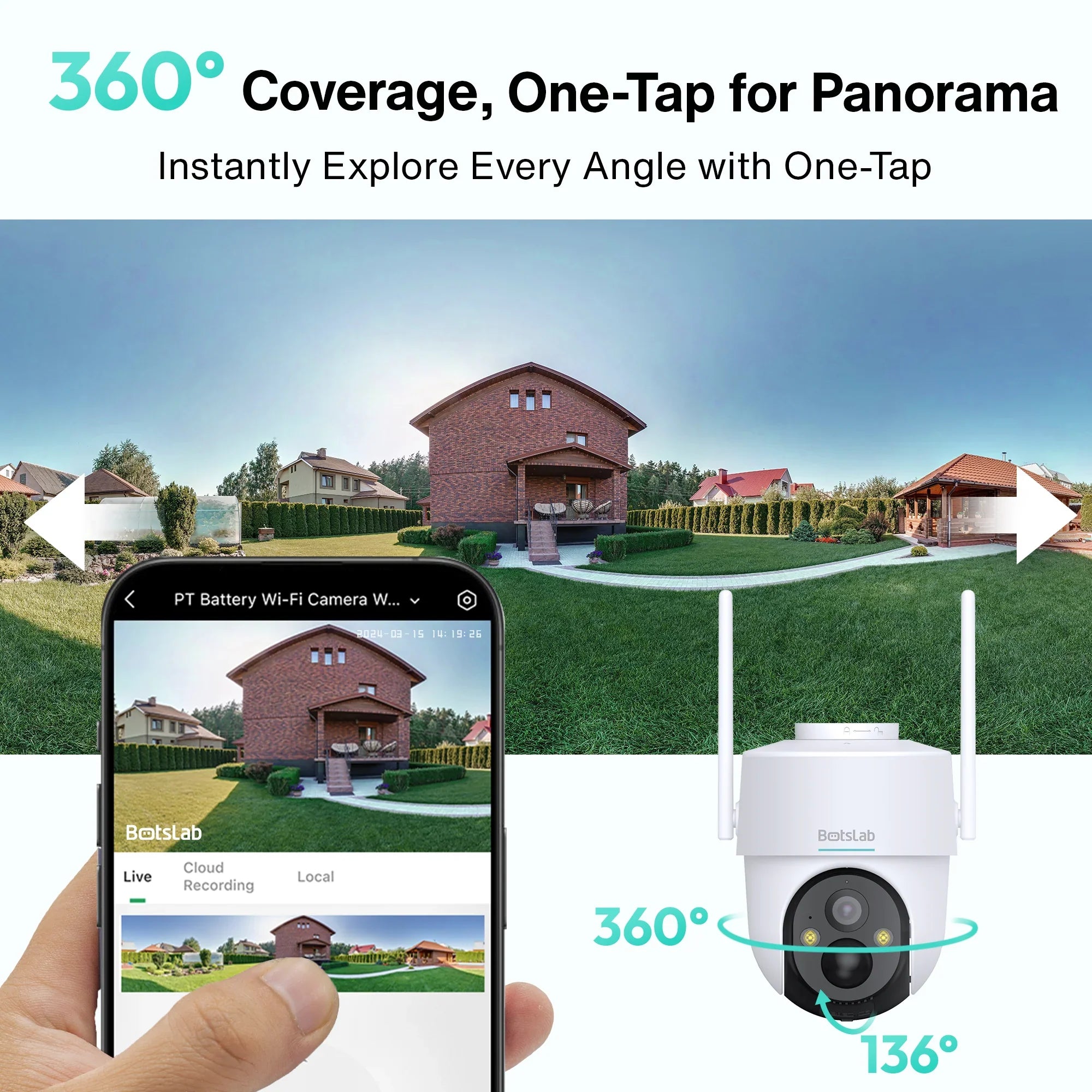
Share:
How Do Dash Cams Work in Vehicles Today
Wired vs Wireless 8 Camera Security Systems Which Is Right for You